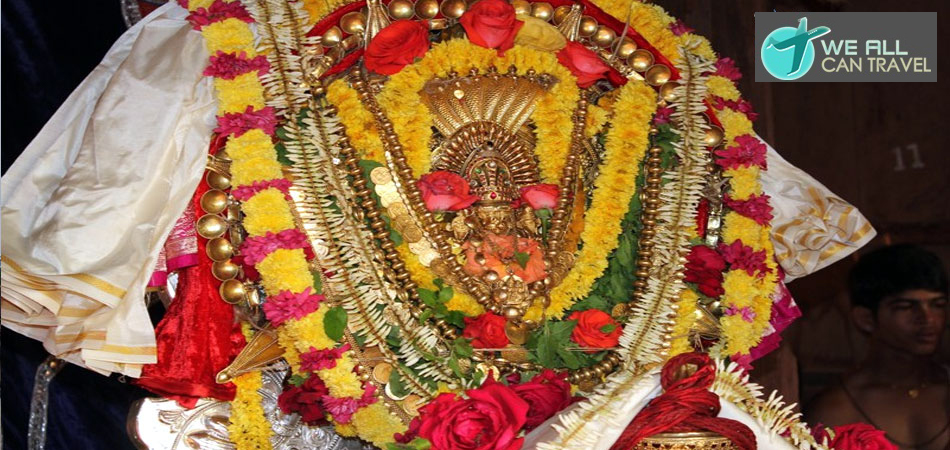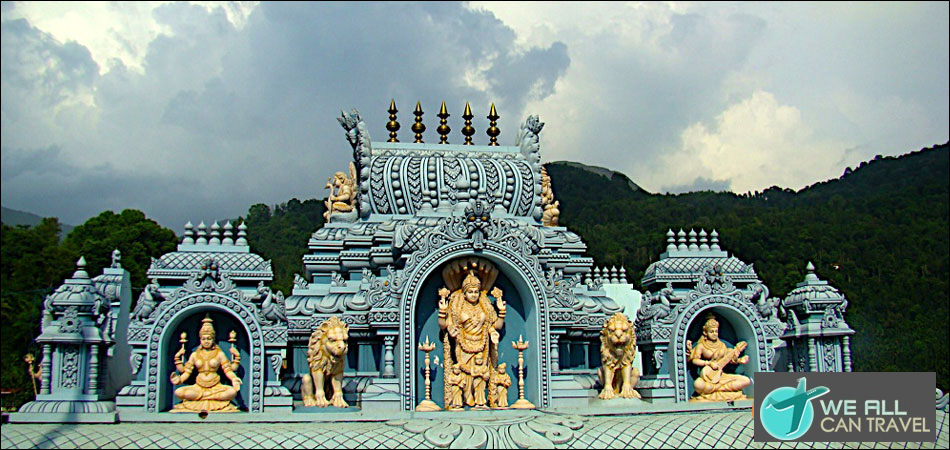Temple
The name Omkareshwar derives from the word Om, which signifies the most sacred Hindu symbol. This island is shaped like the Om and is about 2km long and 1km wide. It is one of the holiest Hindu sites in India by virtue of the presence a jyotirlingam, one of the twelve in India. As you probably know by now, the lingam is the symbol of Lord Shiva and there must be simply thousands of them in India. The jyotirlingam or the lingam of light, however, is special. It is believed to derive currents of power from within itself as opposed to an ordinary lingam which is ritually invested with mantra shakti (power invested by chants) by the priests. The Location Omkareshwar rests at the meeting point of the Narmada and the Kaveri rivers. It is divided north to south by a deep gully. The ground slopes gently along the northern edge but in the south and east there are cliffs over 150m high forming a gorge. The village spreads to the southern bank from the island, now linked by a new bridge, and the river between is said to be very deep and full of crocodiles. Sri Omkareshwar Mahadeo Temple Also known as the Temple of Shri Omkar Mandhata, it enshrines the jyotirlingam. The temple is made from a locally available soft stone which made possible intricate detailing in the faade, especially in the friezes on the upper parts of the structure. The Siddnath Temple A classic example of early medieval Brahminic architecture, this one is well worth a visit. Its most eye-catching feature is a frieze of elephants over 1.5m high carved on a stone slab at its outer perimeter. Elaborate carved figures decorate the upper portion and the roof of the temple. The shrine is encircled by verandahs with columns carved in circles, polygons and squares.
 >> Agasteeshwara Temple
>> Agasteeshwara Temple >> Anantha Padmanabhaswami Temple
>> Anantha Padmanabhaswami Temple >> Ananthasana Temple
>> Ananthasana Temple >> Annapoorneshwari Temple
>> Annapoorneshwari Temple >> Arunachaleshwar Temple
>> Arunachaleshwar Temple